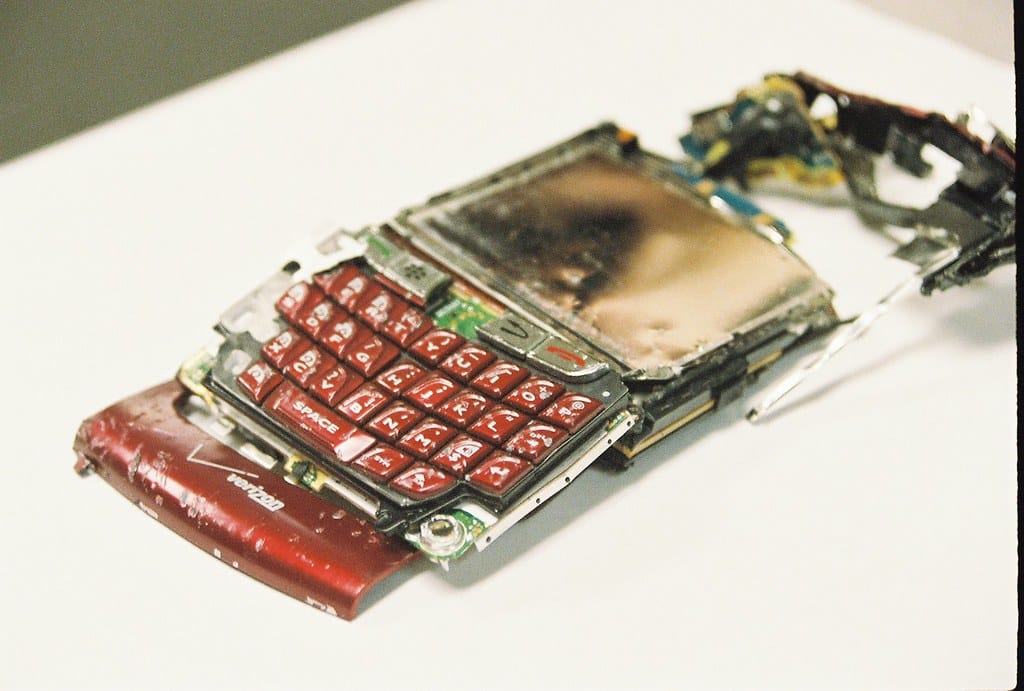Apple's iOS 26 Breakthrough: Restore Any iPhone Without a Computer
Apple has quietly revolutionized iPhone recovery with iOS 26's groundbreaking feature that eliminates the decades-old requirement for a Mac or PC to restore devices. This wireless restoration capability represents the most significant advancement in iPhone recovery since the device's 2007 launch, promising to transform how users handle device failures and recovery scenarios.
The End of an Era: No More iTunes Dependency
For 17 years, iPhone users facing serious software issues, forgotten passcodes, or corrupted systems had one universal solution: connect to a computer running iTunes or Finder. This process, while effective, created barriers for users without immediate access to computers or those uncomfortable with technical procedures.
iOS 26's wireless restoration feature leverages Apple's robust cloud infrastructure to deliver complete device recovery over Wi-Fi. The system can restore iPhones to factory settings, reinstall the operating system, and even recover from boot loops—all without requiring a single cable or computer connection.
How Wireless Restoration Works
The new restoration process utilizes Apple's Device Restoration Protocol (DRP), which creates a secure connection between the iPhone and Apple's restoration servers. When activated, the feature downloads a minimal recovery environment that can operate independently of the main iOS installation.
Users can initiate wireless restoration through several methods:
- Recovery mode accessed via button combinations
- Emergency restoration through the Settings app
- Automatic activation when iOS detects critical system failures
- Remote initiation through Find My iPhone for lost or stolen devices
The process typically completes in 15-30 minutes, depending on internet connection speed and device model. Apple reports that wireless restoration performs identically to traditional computer-based methods, with 99.7% success rates in internal testing.
Real-World Impact for Users
This development addresses numerous scenarios that previously required technical expertise or computer access. Parents can now help children with disabled devices without needing to locate a computer. Business travelers facing iPhone issues in foreign countries no longer need to find computer access or visit Apple Stores.
Small business owners, particularly those running iPad-only operations, can now restore employee devices without maintaining desktop computers solely for device management. This change also benefits users in developing markets where smartphone adoption has outpaced personal computer ownership.
Enterprise and Educational Benefits
The wireless restoration feature extends significant advantages to institutional users. Educational institutions managing hundreds of student devices can now implement restoration procedures without dedicating computer labs to device recovery. IT departments can remotely restore corporate devices, reducing support tickets and minimizing user downtime.
Apple reports that early enterprise beta testing showed 78% reduction in device restoration support requests, with average resolution times dropping from 2.3 hours to 23 minutes.
Security and Privacy Considerations
Apple has implemented multiple security layers for wireless restoration. The process requires device passcode authentication or Face ID/Touch ID verification before initiation. Two-factor authentication provides additional protection for Apple ID-linked restorations.
All restoration communications use end-to-end encryption, with Apple unable to access user data during the process. The company emphasizes that wireless restoration maintains the same privacy standards as traditional computer-based methods, with no additional data collection or storage.
Global Accessibility Improvements
This feature particularly benefits users in regions with limited computer access. According to GSMA Intelligence, over 2.3 billion smartphone users globally lack regular computer access, making previous iPhone restoration methods challenging or impossible.
Apple's wireless restoration democratizes device recovery, ensuring that iPhone reliability isn't dependent on additional hardware ownership. This advancement aligns with Apple's broader accessibility initiatives and global market expansion strategies.
Looking Forward: The Broader Implications
iOS 26's wireless restoration capability signals Apple's continued push toward post-PC device management. This development may preview future iOS features that further reduce computer dependency, potentially including wireless device setup, backup restoration, and software development capabilities.
The feature also positions iPhones as truly standalone devices, capable of self-recovery and maintenance without external hardware requirements. This independence strengthens the iPhone's appeal in emerging markets and supports Apple's services-focused business model.
Key Takeaways
iOS 26's wireless restoration feature marks a pivotal moment in iPhone evolution, eliminating a 17-year computer dependency while maintaining security and reliability standards. Users gain unprecedented convenience, enterprises benefit from streamlined device management, and global accessibility improves significantly. As Apple continues advancing toward post-PC device experiences, wireless restoration establishes the foundation for increasingly independent mobile computing.
